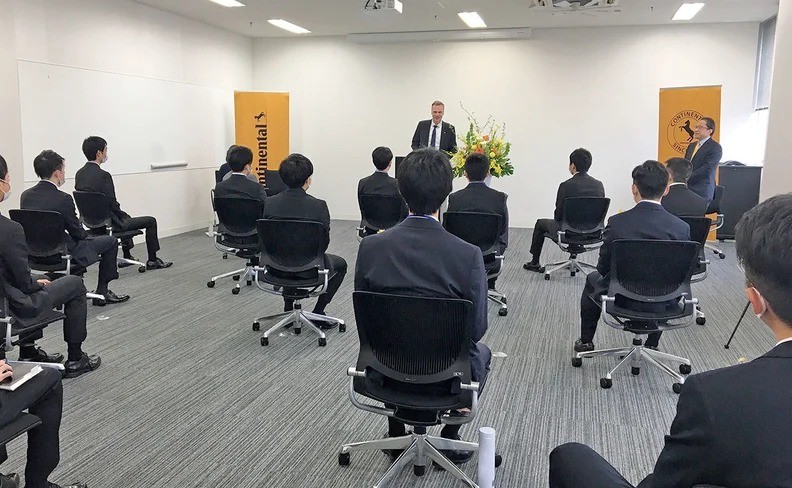Navigating the next big change

In many ways, there’s now a general sense of calmness and normality to our daily lives after the way that we lived, worked and operated was turned upside down only a few months ago.
But there’s another huge change around the corner, and perhaps it will be even more impactful and complex that when we all rapidly moved to remote working.
Organisations are grappling with what a future state of work looks like as we consider social distancing, reduced loads on public transport, increased hygiene practices and the ongoing risk of community transmission. No one knows the right answer, and I think there’ll be plenty of trial and error in the months ahead.
Employee consultation is a necessity in this process. Understanding their preferences and concerns is critical as we shape a potential return to work.
The initial rapid change to remote work was one that was associated with a crisis, therefore a faster rate of acceptance of the new way of working is witnessed because people are primarily motivated to be safe, but also sense that there’s an end point. But now, we are being asked to shape the solution to ‘work’ for the longer term, meaning employees will apply greater critical thinking and consider the broader implications on their life and wellbeing. Priorities have changed. Acceptance to the rushed pace of life pre-COVID has lowered. A perceived increased risk to public health will cause significant concern for many.
Organisations must recognise that a variety of responses will result from whatever ‘solution’ is agreed upon. It’s unlikely that a blanket approach across the entire organisation will work. The most successful strategy is likely to be one that enables teams to agree on their own approach that encourages face-to-face interaction at their preferred cadence, but still sees a significant portion of the work week conducted remotely.
Some have loved working from home, others can’t wait to get back into the office. Many may have had grand plans of things they wanted to accomplish at home while in lockdown, and may ‘mourn’ the time lost when the demands of daily life begin to return. Most have not yet comprehended that life in the office will be fundamentally different to what they are used to.
As leadership teams start to shape their plans for the months ahead, it’s a wonderful opportunity to consider the way the business interacts as a relative blank slate. Some important points to consider:
- Genuinely consult employees along the way
- Don’t rush into a return solution
- Communicate. Communicate. Communicate.
- Create transition periods to help ease into a return to the office
- Be open to exceptions
- Run training and education in advance of a return to help employees adjust
- Regularly check in and review ways of working based on employee feedback
- Make confidential support services available
- Have plans and policies in place to put employee concerns at ease
- Celebrate and have fun, and continue to innovate
This should be seen as an exciting challenge for organisations to solve over the coming months. Every adjustment to ways of working is a change that needs to be planned for. If an organisation keeps the human factor at front of mind, no doubt they’ll manage the transition effectively.





